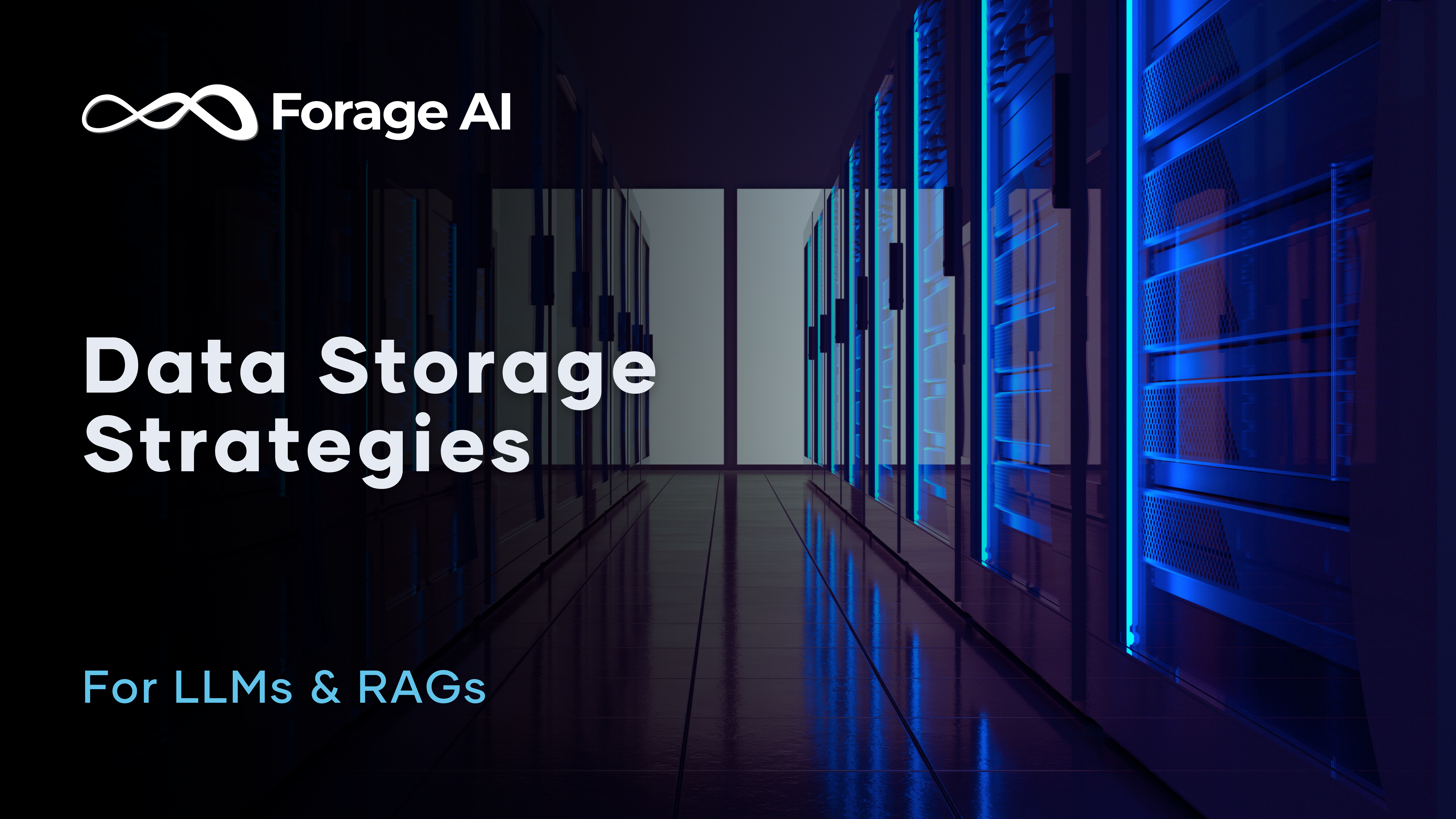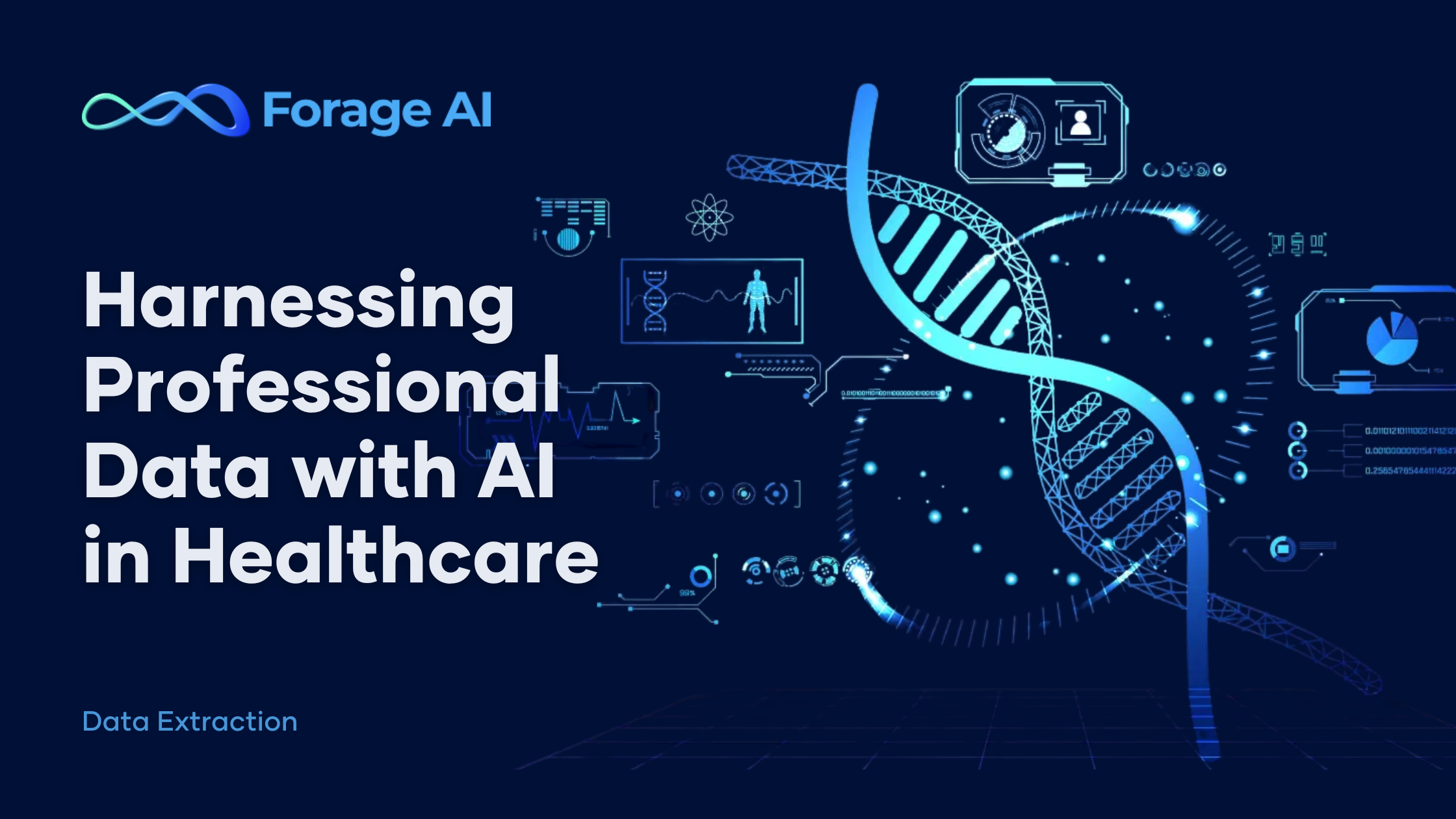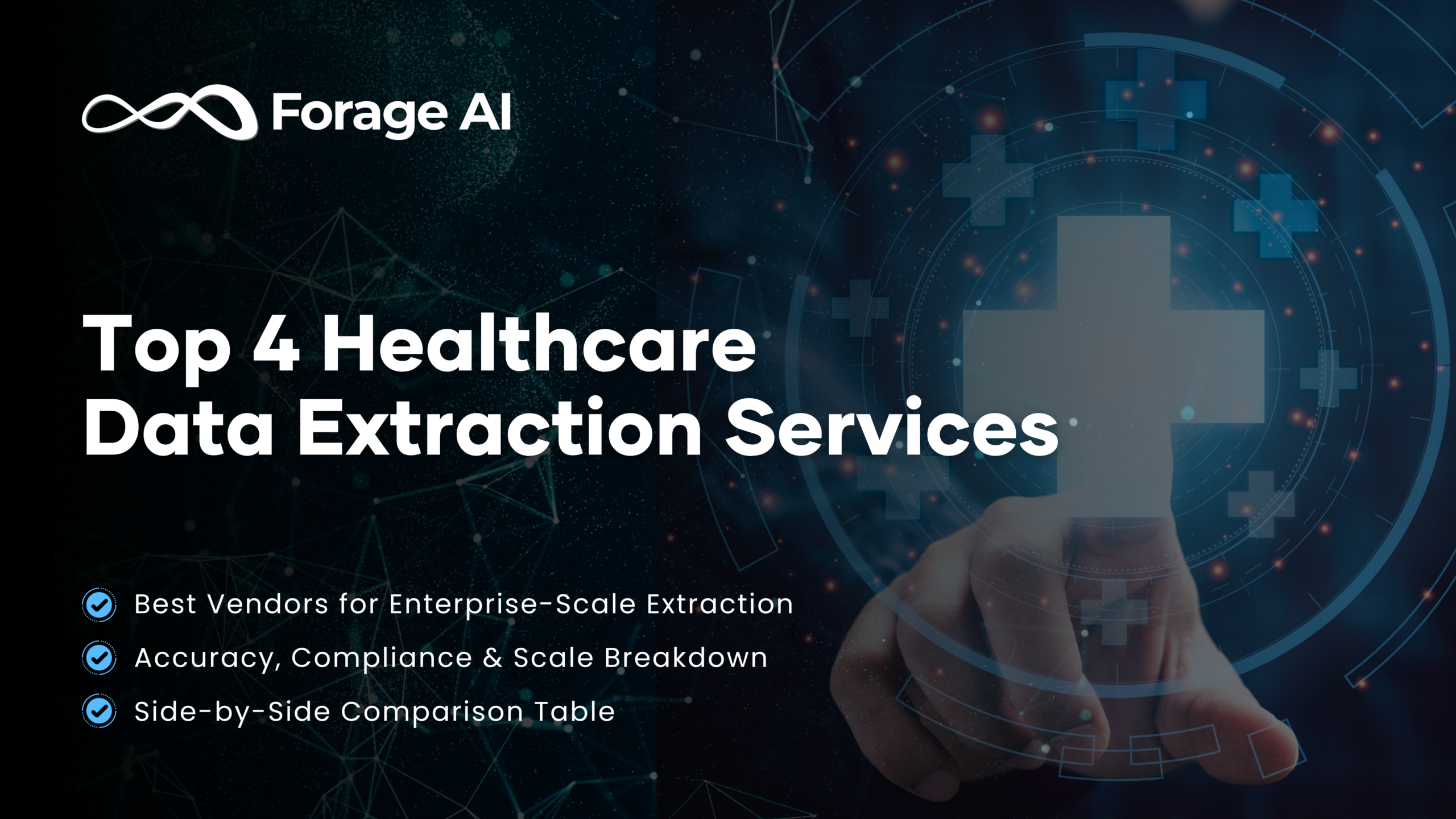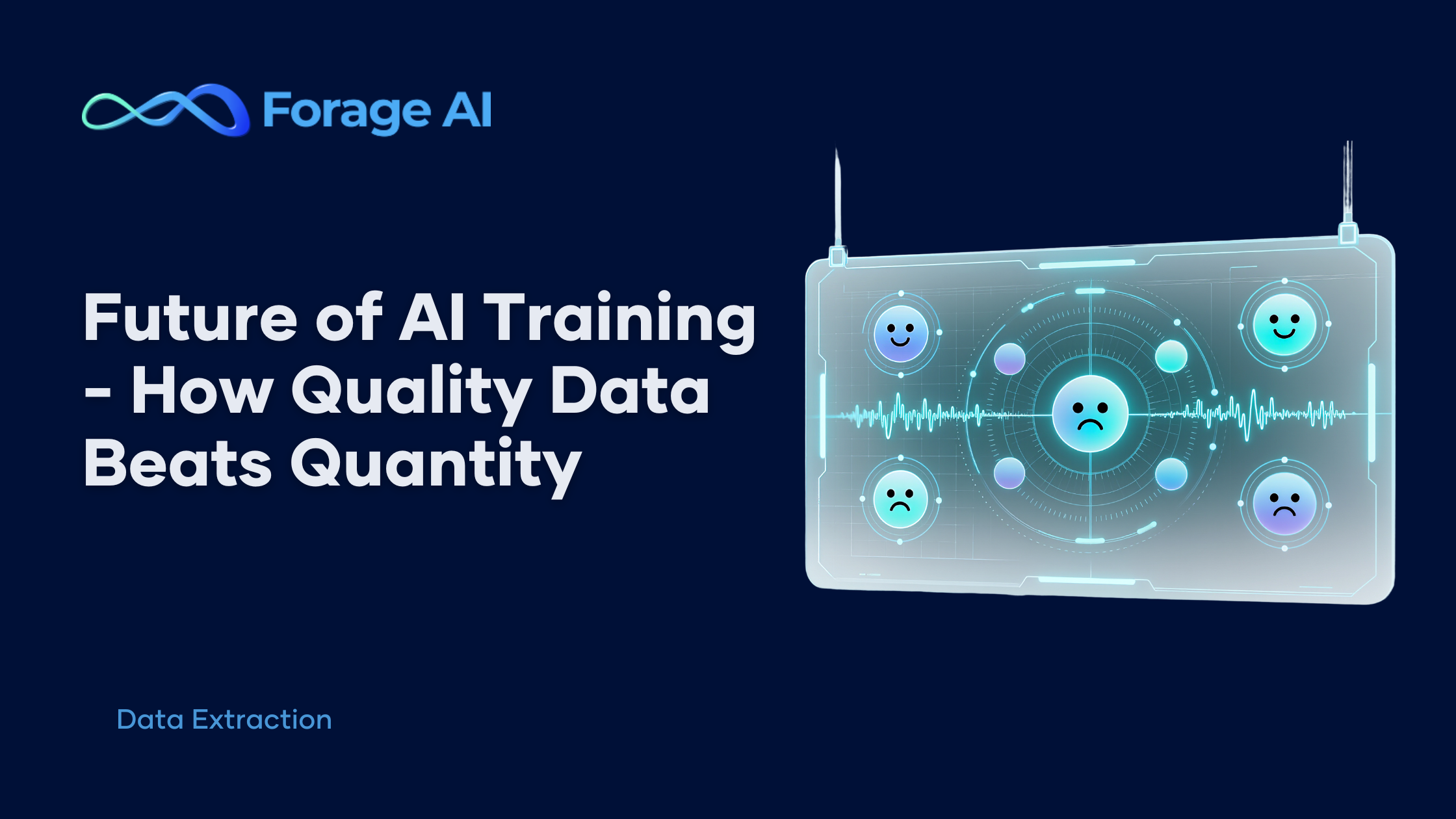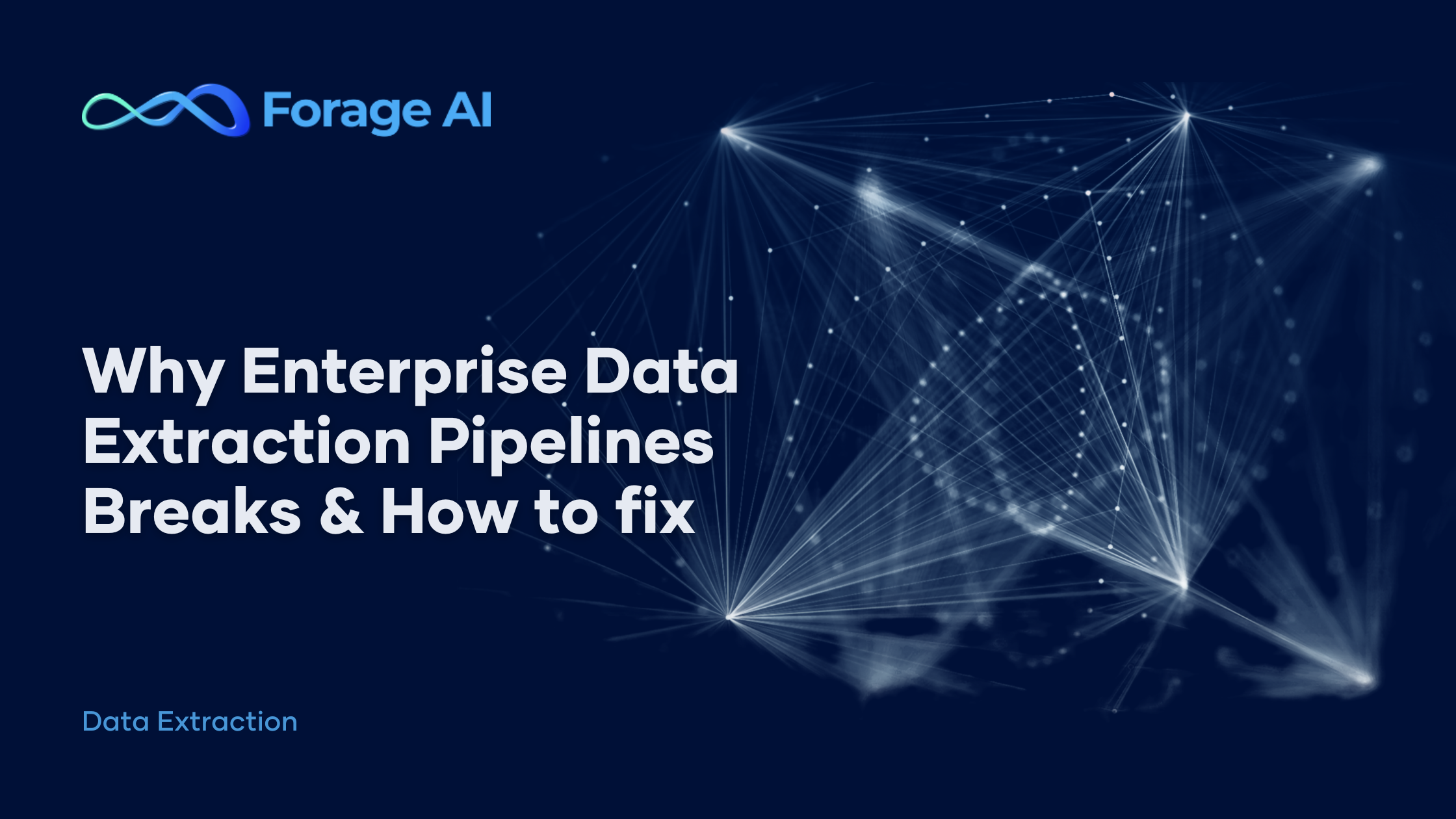Introduction: Why Data Storage Defines Modern RAG Systems
Effective data storage sits at the core of modern Retrieval Augmented Generation, powering everything from enterprise search assistants to active retrieval augmented generation pipelines. As Retrieval-Augmented Generation (RAG) systems mature, they increasingly combine embeddings, streaming data, documents, images, and external knowledge sources, each with sharply different storage and retrieval demands.
Unlike standalone Large Language Models (LLMs), RAG models rely on continuous data integration, fast retrieval, and low-latency inference. This distinction has made rag vs llm architecture a critical design discussion for teams deploying llm retrieval augmented generation in production.
In this blog, we examine how storage decisions impact rag systems, why vector databases alone are not enough, and how aligning storage with the Rag Approach enables scalable, production-ready AI.
Key Data Types in LLM and RAG Systems
LLMs and RAG systems process vast amounts of data in various forms. Before diving into the storage solutions, it’s important to understand the data types these systems deal with:
- Embeddings: High-dimensional vector representations of data used for similarity searches and semantic matching.
- Streaming Data: Continuous, real-time data flows such as live news feeds or sensor data.
- Documents and Articles: Large-scale static content repositories such as web pages, PDFs, and research publications.
Each of these data types presents unique storage challenges, demanding tailored solutions that address issues such as retrieval speed, scalability, and real-time access. Now, let’s analyze what you should prioritize when choosing storage solutions for these data types.
Embedding Storage: Optimizing for Retrieval and Scalability
Embeddings are vectors that capture the semantic meaning of data, such as words, sentences, or even entire documents. Storing and retrieving these embeddings efficiently is vital for tasks like similarity search and question-answering, where fast, accurate results are non-negotiable.
When storing embeddings, it’s essential to focus on:
- High-Dimensional Indexing: Efficient search in high-dimensional spaces is critical. Ensure your storage solution supports approximate nearest neighbor (ANN) indexing to enable fast retrieval across large datasets.
- Latency Control: As embeddings increase in number, latency can spike. Look for systems that offer distributed indexing and query load balancing to maintain low latency as the system scales.
- Scalability: Embeddings often grow exponentially in large LLM applications. The storage system should be able to scale horizontally, with mechanisms to easily distribute vector data across multiple nodes while maintaining performance.
Considerations: Choose storage solutions that provide fast vector indexing and query processing without performance drops as the dataset grows. The ability to scale seamlessly across distributed environments is crucial to maintaining high performance over time.
When storing embeddings, Forage AI’s AI & NLP solutions leverage high-dimensional vector representations to handle millions of data points with low-latency retrieval. Our systems are built to scale as data grows, delivering fast query responses to maintain AI system performance.
Streaming Data: Ensuring Consistency and High Throughput
RAG systems often rely on real-time data streams, pulling in information from sources like social media feeds or IoT sensors. The nature of this data demands immediate processing and storage without sacrificing consistency or throughput.
For effective real-time data storage, consider:
- High Write Throughput: The system should handle a high rate of incoming data without creating bottlenecks. Prioritize solutions that can ingest data at scale while maintaining performance.
- Event-Driven Processing: Beyond storage, Retrieval-Augmented Generation (RAG) systems often require real-time event processing. Ensure your solution supports this by integrating well with event-driven architectures, allowing for seamless updates and insights.
- Fault Tolerance and Replication: Real-time data systems must handle failures gracefully. Choose a storage architecture that offers built-in redundancy and replication to prevent data loss and ensure continuous operation during disruptions.
Considerations: A robust storage solution for real-time data should offer mechanisms to scale ingestion rates and balance loads while maintaining data consistency across distributed environments.
Forage AI’s advanced web data extraction solutions enable real-time streaming data processing at scale, processing continuous data streams from sources such as social media or news feeds. Our technology ensures high throughput while maintaining data integrity and fault tolerance.
Which web scraping companies offer custom data extraction solutions?
Companies building retrieval augmented generation systems increasingly need custom web data extraction to fuel their knowledge bases. Leading providers in this space typically offer:
- Tailored scraping logic for complex or dynamic websites
- API-based delivery for seamless rag system integration
- Built-in data cleaning, validation, and compliance controls
At Forage AI, custom extraction pipelines are designed specifically to support RAG Solutions, enabling structured, retrieval-ready datasets that plug directly into vector databases and document stores.
Document and Article Storage: Structuring and Indexing Large Content Repositories
Storing documents, web pages, and other large-scale content requires systems that can handle both structured and unstructured data. These systems must enable fast retrieval while supporting large-scale indexing, making it easy for RAG systems to quickly find relevant documents.
Key factors to focus on include:
- Flexible Indexing: Document storage must support both metadata indexing (e.g., titles, tags) and full-text search capabilities. Look for solutions that allow for comprehensive indexing of structured and unstructured content, ensuring fast retrieval across a variety of queries.
- Versioning and Archiving: Documents are often updated or need to be archived. The storage system should allow for version control, ensuring that past versions of documents are preserved while enabling easy access to the most current data.
- Access Control and Security: Many documents, especially in enterprise environments, contain sensitive information. A good storage system should support fine-grained access control, ensuring that only authorized users can access specific documents.
Considerations: Ensure your document storage solution supports flexible, fast indexing across structured and unstructured data, along with robust access controls and versioning to meet the demands of large-scale content repositories.
With Forage AI’s Intelligent Document Processing, structured and unstructured data from vast document repositories are indexed for fast, efficient retrieval. Our solutions offer flexible indexing mechanisms and advanced archiving to ensure all document versions remain accessible.
Vector Store vs. Vector Database: Understanding the Difference
When managing embeddings, you have two main storage options: vector stores and vector databases. While they may sound similar, they cater to different use cases and scalability requirements. Knowing the difference is critical to selecting the right solution for your AI infrastructure.
| Feature | Vector store | Vector Database |
|---|---|---|
| Definition | A lightweight storage solution focused on basic vector retrieval. | A fully-fledged database optimized for large-scale vector storage and retrieval. |
| Primary Use Case | Ideal for small to medium-scale applications where simplicity and speed are key. | Designed for large-scale, distributed applications with complex query requirements. |
| Complexity | Simplified, typically for in-memory or local storage, with limited features beyond similarity search. | Full database system with advanced features like sharding, replication, and fault tolerance. |
| Scalability | Limited scalability, suitable for smaller datasets or non-distributed use. | Highly scalable, supporting distributed environments and large datasets. |
| Advanced Features | Limited or no support for complex querying, transactional integrity, or fault tolerance. | Supports distributed indexing, sharding, and advanced querying with built-in replication and fault tolerance. |
| TL;DR | Best for low-complexity applications with basic vector search needs. | Critical for enterprise systems managing millions or billions of vectors. |
Takeaway: A vector store may be sufficient for smaller-scale projects where speed and simplicity are priorities. However, for large, distributed AI systems, a vector database offers the advanced capabilities needed to manage high-dimensional data efficiently and at scale.
Evaluating the Best Data Storage Solutions for LLMs and RAG Systems
Choosing the right data storage solution depends not only on understanding the types of data your LLM or RAG system processes but also on selecting the best technologies to implement. In 2024, several leading solutions stand out for their ability to handle embeddings, real-time data, and large-scale document repositories. Below, we outline popular solutions for each data type to help you assess the best fit for your system’s needs.
| Data Type | Popular Solutions (2024) | Key Features | Considerations |
|---|---|---|---|
| Embeddings | Pinecone, Milvus, Weaviate, Chroma, Qdrant, FAISS | – High-dimensional indexing- Real-time data ingestion (Pinecone)- GPU support (Milvus, FAISS) | Pinecone offers a fully managed service with scalable infrastructure, while Milvus is open-source and highly scalable. Weaviate provides cloud-native flexibility, and FAISS excels in GPU-powered similarity search for massive datasets |
| Real-Time Streaming Data | Apache Kafka, Amazon Kinesis, Redpanda | – High write throughput- Fault tolerance- Real-time event processing | Kafka is known for its scalability and real-time ingestion capabilities, Kinesis integrates deeply into AWS ecosystems, and Redpanda is gaining traction as a low-latency alternative |
| Documents and Articles | ElasticSearch, MongoDB Atlas, Azure Blob Storage, Vespa | – Full-text search- Metadata and document indexing- Version control and archiving | ElasticSearch remains the go-to for full-text search and distributed indexing, while MongoDB Atlas provides strong support for unstructured data. Azure Blob offers scalable, secure document archiving, and Vespa excels in handling large-scale data searches |
These solutions represent the cutting-edge data storage technologies in 2024, offering everything from real-time data processing to advanced vector search capabilities. By aligning your storage choices with these proven technologies, you can ensure that your AI systems remain scalable, efficient, and ready to meet the challenges of tomorrow.
Conclusion: Choosing the Right Storage to Support Long-Term Growth
As LLMs and RAG systems continue to evolve, selecting robust, scalable data storage solutions is critical. Whether handling high-dimensional embeddings, real-time streaming data, or extensive document repositories, the right infrastructure profoundly impacts your system’s performance, scalability, and long-term success.
At Forage AI, we understand these challenges intimately. Our solutions are designed to meet the complex storage needs of modern AI systems:
- Our high-performance vector indexing ensures rapid similarity searches across millions of data points, keeping your AI at peak performance as data scales.
- For real-time data, our advanced processing capabilities harness streaming information with fault tolerance and load balancing to ensure continuous, smooth operation.
- For document storage, our Intelligent Document Processing offers flexible indexing and archiving, making even large content repositories easy to manage and retrieve.
Choosing the right storage solution means meeting current needs while preparing for future growth. Whether you need a lightweight vector store for smaller projects or an enterprise-scale vector database, Forage AI offers the expertise and technology to align your system with your long-term AI strategy.
Explore how Forage AI can transform your data storage and accelerate your AI capabilities. Contact us for a consultation, and let our team help you design the ideal solution for sustained success.
